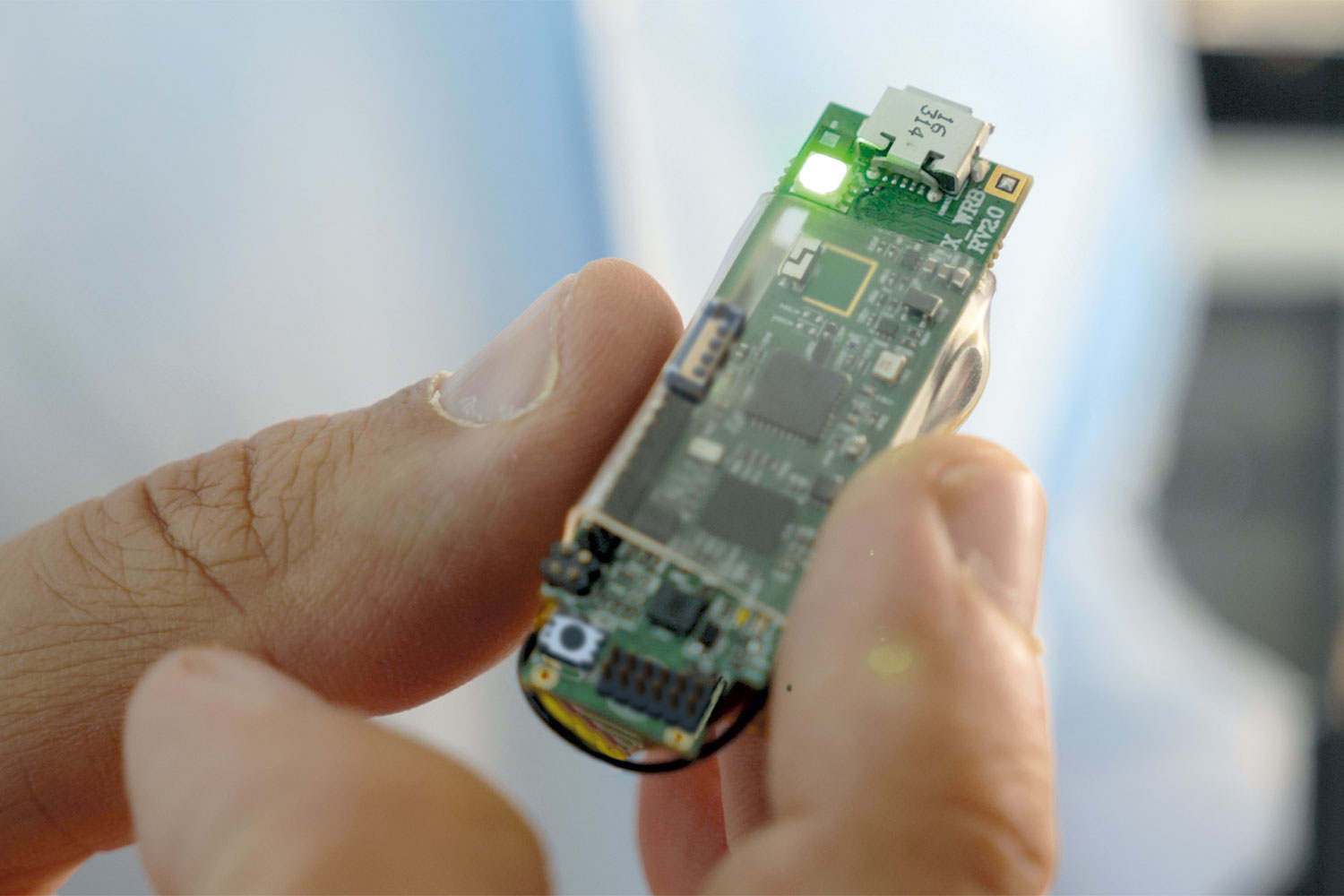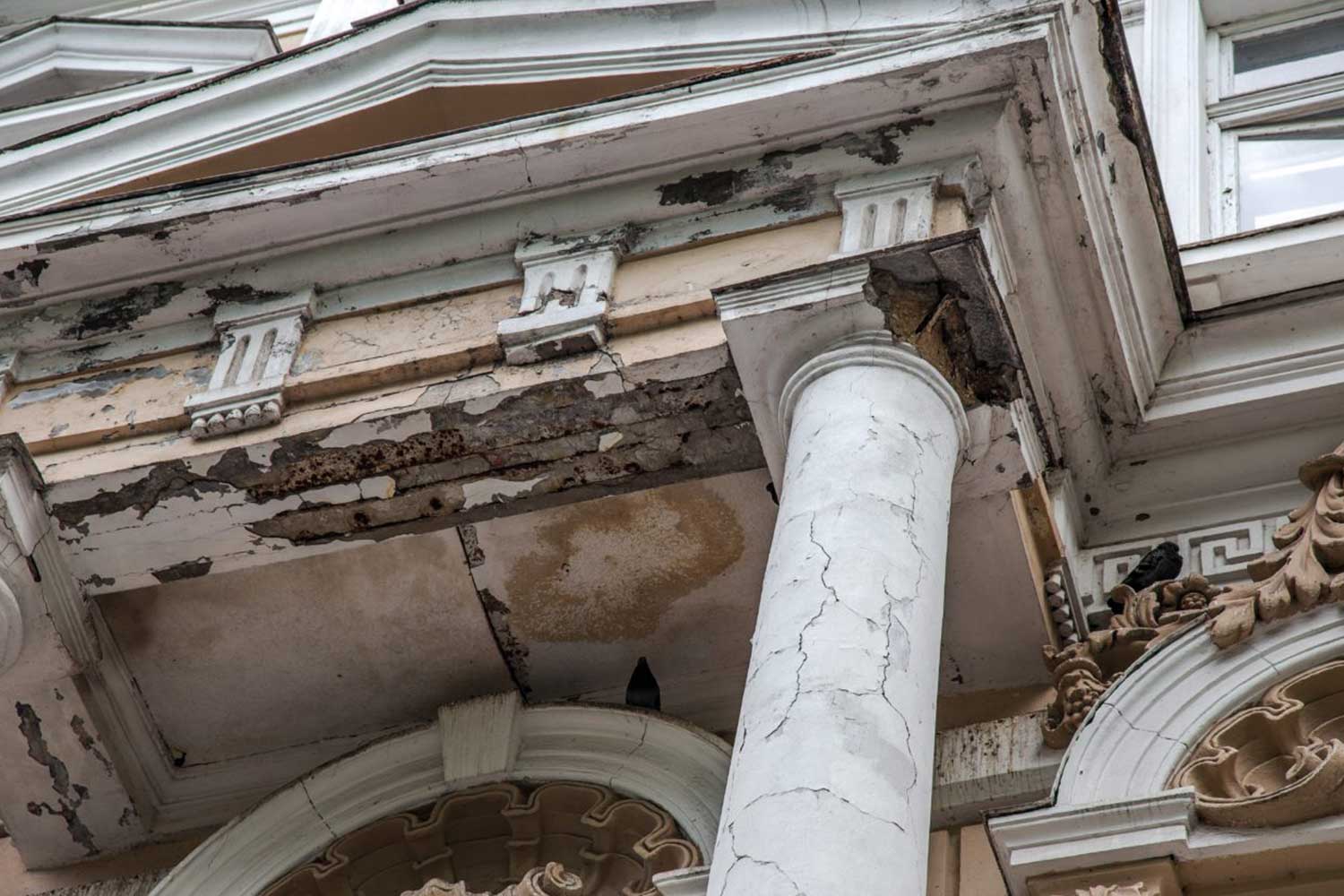Importance of Structural Monitoring
Structural monitoring is a crucial aspect of contemporary urban infrastructure, ensuring the well-being of various structures in cities and towns. This monitoring process involves closely observing the performance of these structures, particularly those susceptible to erosion, subsidence, or other forms of decay. It encompasses a wide range of buildings, such as ancient structures that have stood for millennia and bridges being constructed in earthquake-prone areas. Advancements in technology now allow for remote monitoring through sensor arrays embedded within the structures themselves, making it a significant application of the Internet of Things (IoT). Data collected from these sensors is then analyzed at central locations, enabling effective structural health monitoring.
How does SHM work?
There are various factors that can lead to the deterioration and collapse of buildings. Throughout history, civilizations have faced devastating consequences as a result of structural breakdown, including the destruction of cities caused by earthquakes, hurricanes, fires, explosions, and sudden collapses due to subsidence. While it is impossible to predict natural disasters, there is potential to detect and prevent general decay in buildings. By obtaining a better understanding of a building’s condition, engineers can enhance its resistance to vibrations. This is where the concept of structural health monitoring comes into play – it aims to provide engineers with the tools to identify and address structural issues before they result in any harm.
In essence, structural health monitoring entails the strategic placement of sensors in areas that can effectively capture relevant information about the performance of a structure’s materials. These sensors gather data, which can then be transmitted to analytical tools in the Cloud via connections such as 3G, Sigfox, or Wi-Fi.
Sensors range from components to assess steel fatigue to devices that can sense stresses placed on wires inside concrete modern buildings and specialist sensors to monitor the health of the cables on suspension bridges. These sensors can monitor the forces acting upon potential stress points in structures, detecting things like rotational force, structural displacement, and the development of microfractures in building materials. All of these factors can be symptoms of imminent collapse.

Using IoT Sensors to Enhance Structural Safety.
The utilization of IoT sensors in structural monitoring has revolutionized the engineering sector. These advanced sensors, when integrated into buildings, continuously transmit data to networks through secure channels, enabling engineers to access crucial information about the safety status of specific structures. This data can be utilized to make informed decisions regarding maintenance and even enhance the construction process itself. Moreover, IoT sensors allow engineers to access restricted areas and promptly identify any vulnerabilities as they arise.
How does Structural Monitoring help the Engineering Sector?
The application of structural health monitoring (SHM) technologies has proven invaluable to the engineering and architecture sector. Wireless diagnosis tools have granted engineers an unprecedented level of situational awareness, which was previously unattainable. This is particularly significant when it comes to monitoring erosion in ancient buildings or ensuring the safety of structures in earthquake-prone zones. By harnessing the power of IoT sensors, engineers are able to enhance structural safety and effectively address potential risks in a proactive manner.
As you can see, SHM has major economic and social advantages. If you are interested in learning more contact NEXT Industries and talk to our team. We are experts in implementing Internet of Things-based structural solutions and we are happy to work across a wide range of projects.
